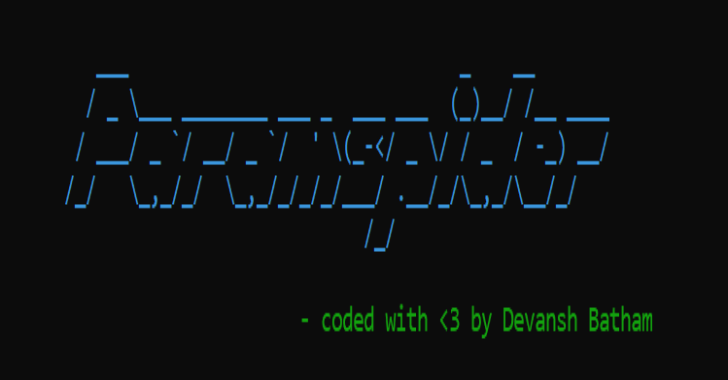pocsploit is a lightweight, flexible and novel open source poc verification framework.
Pain points of the POC framework in the market
- There are too many params, I don’t know how to get started, but only some of them are commonly used.
- YAML poc framework(like nuclei & xray) is not flexible enough. the conversion cost is very high when writing poc. Sometimes it’s hard when encountering non-http protocols. (only hex can be used)
- Sometimes POC has false positives, which can be avoided by accurate fingerprint matching.
- It is heavily dependent on the framework. Poc in pocsploit can be used in the framework and can also be used alone.
Advantages of pocsploit
- Lighter, does not depend on the framework, a single poc can run
- Easier to rewrite Poc
- More flexible (compared to nuclei, xray, goby, etc.)
- Fewer false positives, providing fingerprint prerequisite judgment, you can first judge whether the site has the fingerprint of a certain component, and then perform POC verification, which is more accurate
- There are many ways to use, providing poc / exp
- Detailed vulnerability information display
- Poc ecological sustainability: I will continue to update the Poc to modules/, and welcome everyone to join us Contribute Poc
Encountered code/poc issues, please Submit issue
Poc Statistics
| cve | cnnvd | others |
|---|---|---|
| 345 | 7 | 102 |
Usage
Install requirements
pip3 install -r requirements.txt
poc to verify single website
python3 pocsploit.py -iS “http://xxxx/” -r “modules/” -t 100 –poc
specific poc
python3 pocslpoit.py -iS “http://xxxxx” -r “modules/vulnerabilities/thinkphp/thinkphp-5022-rce.py” –poc
exp to exploit many websites (with urls in a file)
python3 pocslpoit.py -iF “urls.txt” -r “modules/vulnerabilities/” –exp
Output to file & console quiet mode
python3 pocslpoit.py -iS “http://xxxx” -r “modules/vulnerabilities/” –poc -o result/result.log -q










.png)






